SUMMARY
This is AI generated summarization, which may have errors. For context, always refer to the full article.

MANILA, Philippines (UPDATED) – Tributes pour in, thousands attend the funeral, and many pay their respects when a widely-revered head of state is laid to rest.
But what happens when a dictator dies? Many countries have struggled with reconciling a dictator’s burial with their own history.
In the Philippines, for instance, the plan to transfer the remains of former president Ferdinand Marcos to the Libingan ng mga Bayani rekindled a fierce debate.
Marcos supporters argue that he is qualified to be buried there, while critics point out the human rights violations committed during Martial Law under his administration.
Marcos died on September 28, 1989, while in self-exile in Hawaii, following the People Power Revolution 3 years prior.
The Marcos family struck a deal with the government to allow the return of his remains to the country, which happened in 1993. Since then, Marcos’ body has been interred in a mausoleum in Ilocos Norte.
On November 8, 2016, the Supreme Court voted 9-5 to allow Marcos’ burial at the Libingan ng mga Bayani.
Here are some despots and strongmen in other countries who have remained controversial even after death, due to the circumstances of their burial and the symbolism of their final resting place.
Francisco Franco (Spain)
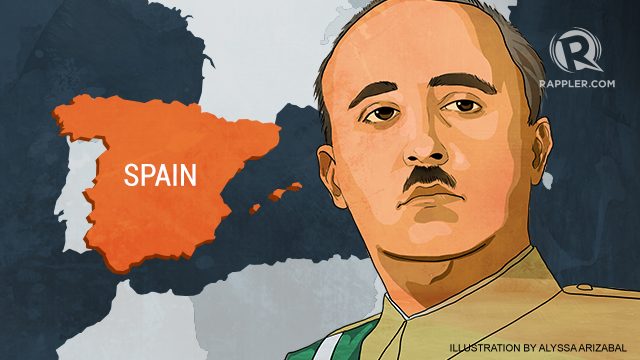
He ruled Spain with his own brand of fascist, nationalist, and authoritarian ideologies – Francoism – for nearly 4 decades until his death.
Died: November 20, 1975, of heart failure.
Events surrounding burial:
Franco was buried at the Valle de los Caidos (Valley of the Fallen), a memorial he ordered built to honor the casualties from both sides of the Spanish Civil War, which incidentally catapulted him to power. The memorial itself is controversial: it is said that political prisoners were among those who constructed it.
There have been calls to exhume the dictator’s remains from the site and repurpose the memorial into a historical or educational center. Supporters of this move say that Franco’s stay there tarnishes the memory of those who died during the Civil War. Francoists are opposing this, saying that they couldn’t move it without the family’s permission.
Suharto (Indonesia)
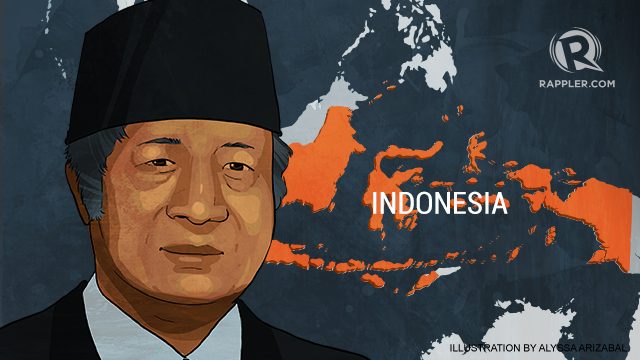
Under his 31-year authoritarian rule (1967-98), Suharto was known for keeping the Indonesian economy afloat, but he was also hounded by allegations of corruption, cronyism, and nepotism. In 2004, Transparency International named him the most corrupt leader of all time for allegedly amassing $15 billion-$35 billion from public coffers.
Died: January 27, 2008, of multiple organ failure.
Events surrounding burial:
Suharto was given a state funeral by the Indonesian government. He was buried at a family mausoleum near Solo town. His qualification to become a national hero then became a subject of debate among Indonesians.
Slobodan Milošević (Serbia/Yugoslavia)
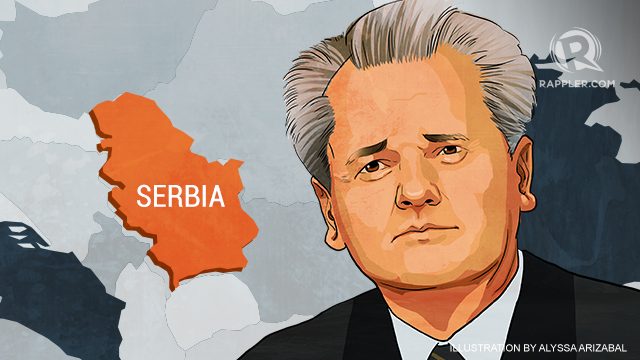
He was president of Serbia from 1989 to 1997, then became president of Yugoslavia until his resignation in 2000. He was accused of orchestrating war crimes during the Balkan wars in Europe, and was called the “Butcher of the Balkans.”
Died: March 11, 2006, of a heart attack, while jailed in a UN detention center at the Hague. At the time, he was being tried for war crimes by the International Criminal Tribunal for the former Yugoslavia.
Events surrounding burial:
Milošević was denied a state funeral, but his supporters attended a memorial service in Belgrade. He was buried in his hometown in Serbia. His Socialist Party believes that Milošević should be buried at the Alley of Distinguished Citizens (some reports call it “Alley of Heroes“) in the New Belgrade Cemetery.
Augusto Pinochet (Chile)
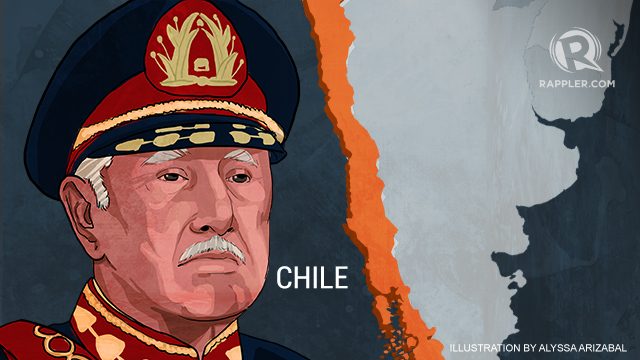
He was Chile’s president from 1973 to 1990, continued as the Chilean army’s commander in chief until 1998, then became a senator for life until his resignation in 2002. Pinochet was charged due to many human rights violations under his regime.
Died: December 10, 2006, of congestive heart failure and pulmonary edema.
Events surrounding burial:
Pinochet was not given a state funeral. Instead, he got a military funeral for being a former commander in chief of the army. His remains were cremated, and his ashes deposited at his countryside retreat house, Los Boldos, in Santo Domingo, Chile.
Incidentally, the Chilean president at the time, Michelle Bachelet, was the daughter of a general who was imprisoned and later died in jail after opposing the 1973 coup that brought Pinochet to power.
François and Jean-Claude Duvalier (Haiti)
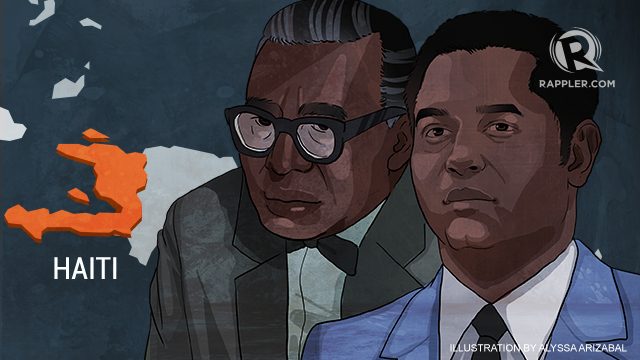
Known as “Papa Doc” and “Baby Doc”, the Duvaliers oppressed Haitians during their combined 29-year regime. Francois was “President for Life” from 1957 until his death in 1971; Jean-Claude, from 1971 until 1986, when he fled the country for exile in France.
Died: François, on April 21, 1971. Jean-Claude, on October 4, 2014, of a heart attack.
Events surrounding burial:
“Papa Doc” was buried at a mausoleum in Haiti’s national cemetery, but his grave had been torn apart by protesters when Jean-Claude went into self-exile.
Meanwhile, “Baby Doc” was not given a state funeral by the Haitian government. His remains were cremated.
Pol Pot (Cambodia)
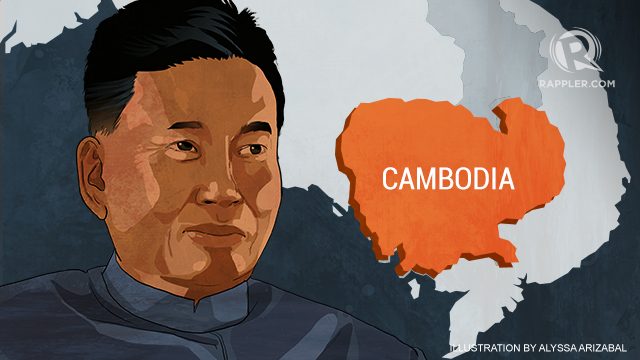
The dictator masterminded genocides and atrocities in Cambodia as the leader of the Khmer Rouge movement from the 1960s until 1997. He was the country’s prime minister from 1976 to 1979.
Died: April 15, 1998, of heart failure.
Events surrounding burial:
He was buried in the town of Anlong Veng, a former Khmer Rouge stronghold, in a simple grave under a tin roof inside a makeshift wooden pen.
Idi Amin (Uganda)

Idi Amin seized power in a 1971 coup. His 8-year rule was rife with reports of human rights abuses, extrajudicial killings, and corruption. He did not stand trial for his crimes against humanity, says Human Rights Watch.
Died: August 16, 2003, of multiple organ failure. He was in exile in Saudi Arabia at the time of his death.
Events surrounding burial:
His body was buried in a simple grave at a cemetery in Jeddah, Saudi Arabia. In the February 2016 Ugandan elections, the repatriation of Idi Amin’s remains became a campaign promise of at least two presidential candidates.
Mobutu Sese Seko (DR Congo)
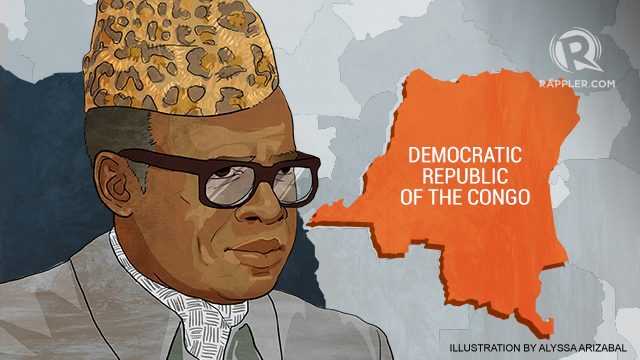
From seizing power in a 1965 coup until he was overthrown in 1997, Mobutu Sese Seko committed human rights violations and engaged in corrupt practices, which eventually affected the economy of the Democratic Republic of the Congo (then known as Zaire under his rule).
Died: September 7, 1997, of prostate cancer while in exile in Morocco.
Events surrounding burial:
He was buried at a Christian cemetery in Rabat, Morocco. In 2013, then-president Joseph Kabila announced that he was allowing the return of Mobutu’s remains to the country “in agreement with his family.”
Saddam Hussein (Iraq)
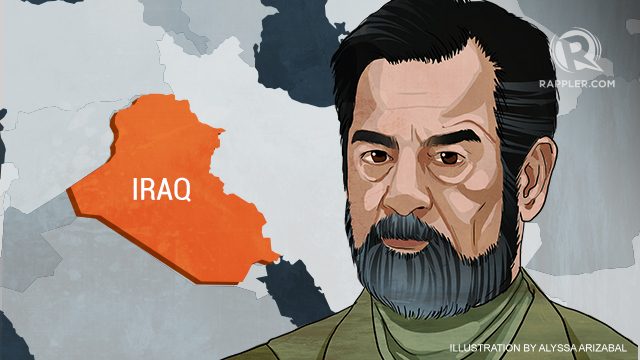
From 1979 to 2003, Saddam Hussein led a brutal dictatorship, as his country figured prominently in many wars in the Middle East.
Died: December 30, 2006, executed via hanging.
Events surrounding burial:
Hussein’s body was interred in a tomb in his birthplace near Tikrit. It was open to visitors and tourists until it was closed to the public by the Iraqi government. In 2015, his tomb was reduced to rubble amid the threat of Islamic State (ISIS) forces. By then, the locals had reportedly moved his remains to a safe place.
Nicolae Ceaușescu (Romania)
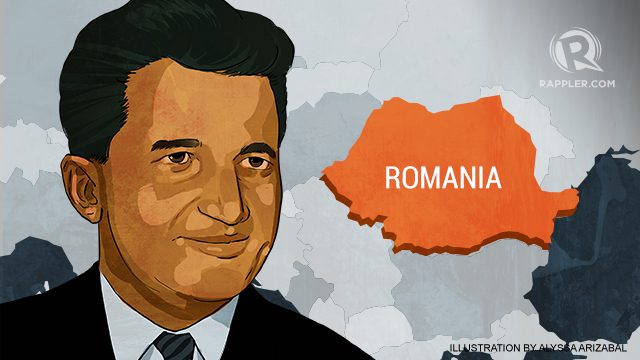
He was a communist leader who ruled Romania for 22 years, from 1967 to 1989, when he was overthrown during the Romanian Revolution.
Died: December 25, 1989, executed via firing squad.
Events surrounding burial:
After the execution of Ceaușescu and his wife, their bodies were buried in simple graves in a cemetery in the capital, Bucharest. In 2010, their remains were exhumed so that scientists could verify their identities through DNA tests. After results turned out positive, both were reburied. – Rappler.com
Add a comment
How does this make you feel?
There are no comments yet. Add your comment to start the conversation.